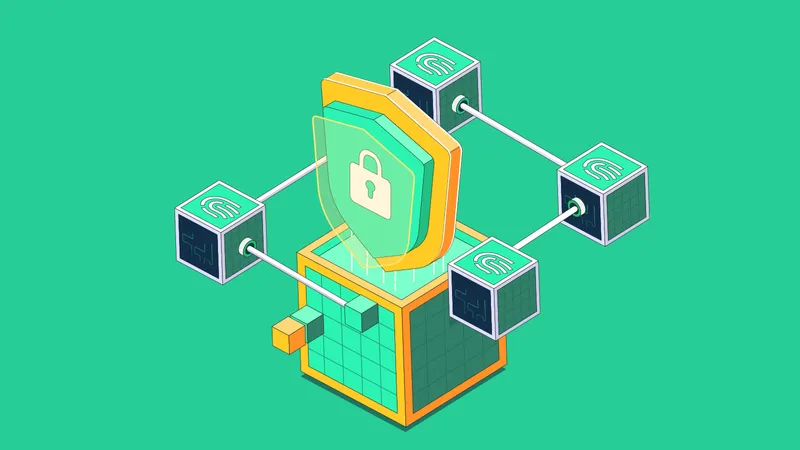Sharding is a blockchain scalability solution that involves dividing a blockchain network into smaller, more manageable pieces, or "shards." Each shard contains its own independent state, meaning a unique set of account balances and smart contracts. The concept of sharding is derived from traditional database management systems and is adapted to blockchain technology to enhance transaction throughput and overall network performance.
Key aspects and implications of sharding include:
- Increased Transaction Throughput: By dividing the network into shards, each shard processes transactions and smart contracts independently. This parallel processing capability significantly increases the network's overall capacity and transaction speed.
- Reduced Node Burden: In a sharded blockchain, nodes only need to process and store information for their specific shard, rather than the entire network. This reduces the computational and storage burden on individual nodes, making it easier for more users to participate in network validation.
- Improved Scalability: Sharding is seen as a key solution for blockchain scalability challenges. As the number of transactions in a blockchain increases, sharding helps in accommodating this growth without compromising the speed or efficiency of the network.
- Challenges in Implementation: Implementing sharding in a blockchain network poses significant technical challenges, particularly in ensuring secure and efficient communication and transactions between shards.
- Use in Major Cryptocurrencies: Sharding is being explored and implemented by several major blockchain platforms, notably Ethereum, as part of its Ethereum 2.0 upgrade, to address scalability and performance issues.
Sharding is a key technical aspect of blockchain scalability and the future development of major cryptocurrencies. It represents a critical advancement in enabling blockchain networks to support a larger number of transactions and more complex applications.
